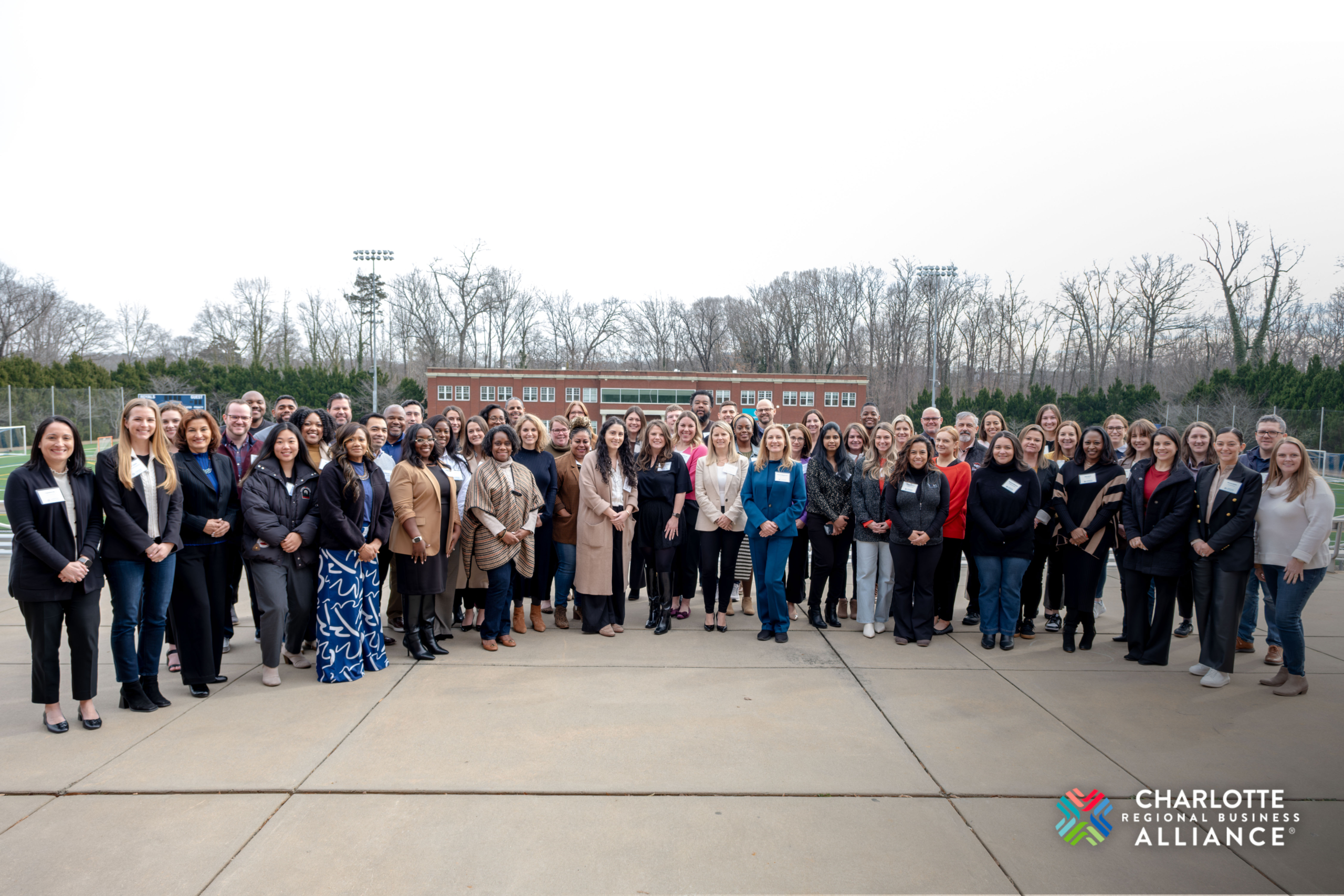According to research from Site Selection Group, a consulting firm in Dallas, the number of economic incentive deals in the US has declined each year since 2017. However, due to some very large projects, such as Apple’s announcement in the Research Triangle Park, the total amount of incentives provided to companies in the U.S. almost doubled in 2021 compared to 2020. In total, about $9 billion in economic incentives were awarded in 2021 to companies across the country, with companies in the manufacturing industry receiving the majority of incentive dollars.
While one year of data does not equate to a trend, the jump in total incentive dollars distributed among fewer projects aligns with the “megaproject” trend that is being seen across economic development and has continued to shape the project pipeline in 2022. Megaprojects typically include 1,000 or more jobs and/or $1 billion in capital investment. Electric vehicles (EV) and semiconductor manufacturing are two industries that are helping to drive megaprojects nationwide. The top 5 projects in Site Selection Magazine’s 2021 Top Deals were either EV or semiconductor projects.
In addition to Apple’s announcement, North Carolina has seen tremendous success among large industrial users in 2021 and 2022 which have snagged some of the best megasites in the state. Toyota announced 1,750 jobs and $1.29 billion in capital investment in December 2021 to develop its first electric vehicle battery plant in North America at the Greensboro-Randolph Megasite in Randolph County. VinFast announced 7,500 jobs and $2 billion in capital investment for its electric vehicle assembly plant at the Triangle Innovation Point Megasite in Chatham County.
In the Charlotte Region, Cabarrus County has seen historic success attracting industrial users like Eli Lilly, Red Bull, Rauch, and the Ball Corporation to the Grounds at Concord. In total, projects locating at the Grounds at Concord have announced more than 1,800 jobs and $2.2 billion in capital investment. Large projects like these are impactful not only because of the jobs and capital investment that they create, but because of ripple effects in the economy and the additional suppliers that they attract to the region. To be able to attract transformational industrial projects like these, having shovel-ready sites with the necessary infrastructure can be a requirement.

Governor Cooper at the Eli Lilly groundbreaking ceremony in Concord, NC. (Source: Charlotte Observer)
Of course, because of this recent success, North Carolina has fewer megasites to market to prospects. The recently adopted North Carolina budget includes $1 million to study which locations are best suited to become tomorrow’s megasites. As megasites require significant investment in infrastructure to make them “shovel-ready,” it is important to thoroughly vet which locations would be best positioned to succeed in attracting a user. While available land may be easier to find in more rural areas of the state, the labor from more densely-populated metro areas can be an advantage. It is not a coincidence that the three megasites that have attracted users over the past year have been near the three largest metros in the state. Identifying new megasite locations and possible funding for infrastructure improvements will help North Carolina remain competitive for further transformational investment in a key industry sector.



